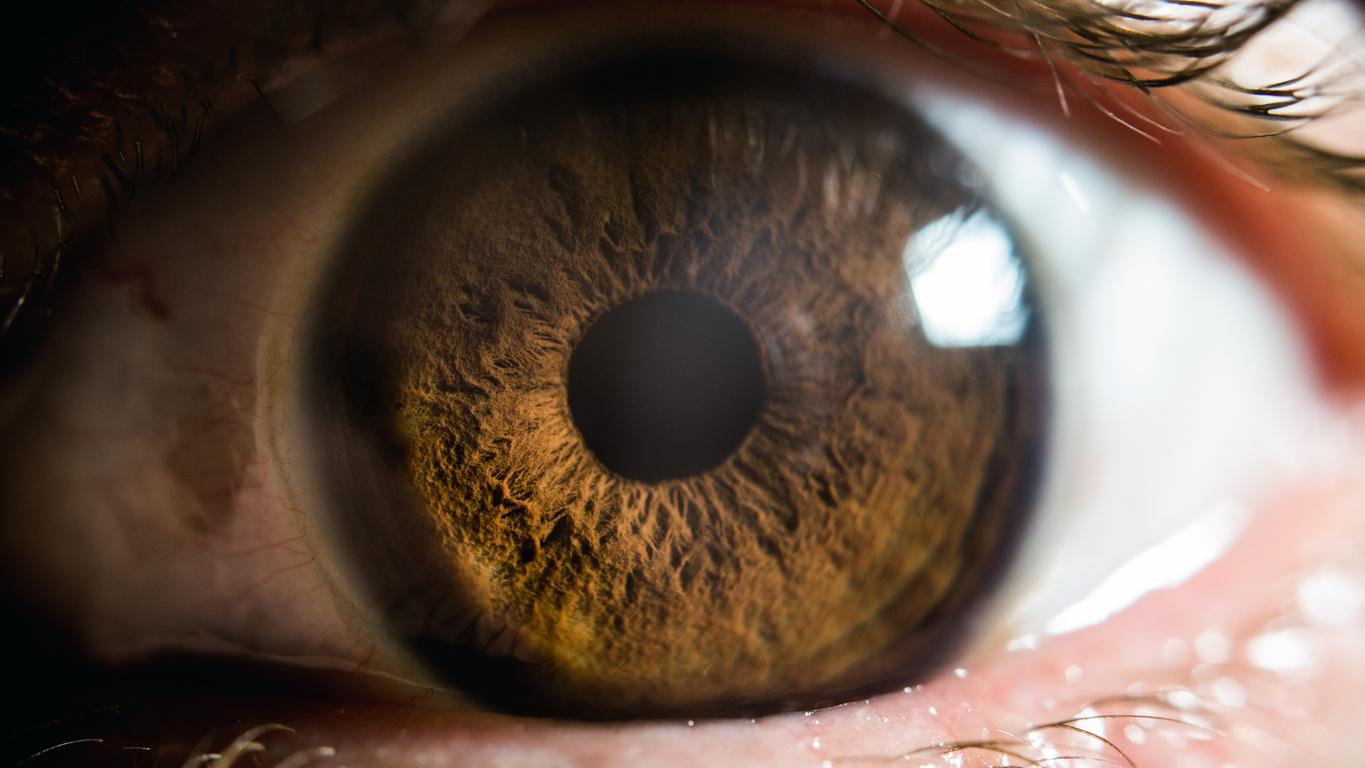According to a recent survey conducted by the Censuswide Institute for the Intimina brand among 1,015 French women aged 25 to 75), approximately 65% of women in France are unable to locate their perineum.
The pelvic floor (a set of muscles, tissues and ligaments located in the area of the small pelvis) is nevertheless essential for the proper functioning of the body: it is he who supports the viscera – including the bladder, the uterus and rectum. This “hammock” (schematically stretched between the coccyx and the pubis) also plays a role in urination and defecation.
A relaxed perineum may be responsible for organ descent
Problem: many of our daily habits contribute to weakening our perineum. Impact sports, first of all: running, jumping rope, zumba… are particularly bad for this set of muscles, which must withstand repeated shocks. Refraining from going to the bathroom afterwards: this bad habit increases the weight that the perineum has to support all day long (because the bladder and/or the rectum are full). Wearing high heels, finally: because of the posture that one must adopt to keep the balance (the buttocks backwards), the perineum is stretched to the maximum… and is damaged little by little.
In addition, pregnancy is also a phenomenon that affects the health of the perineum: for many months, the pelvic floor must support a constantly increasing weight, which leads to its relaxation – like an overstretched rubber band. Hence the need for perineal rehabilitation after childbirth!
Why (re)muscle your perineum? An abnormally relaxed pelvic floor is a problem that must be treated as soon as possible. Indeed: there is a risk of genital prolapse, which is more commonly called “organ descent”. Clearly: the viscera normally supported by the perineum (uterus, bladder, rectum) “slide” towards the vagina, and this can cause severe pain, difficulty urinating, digestive disorders…
Sources:




















